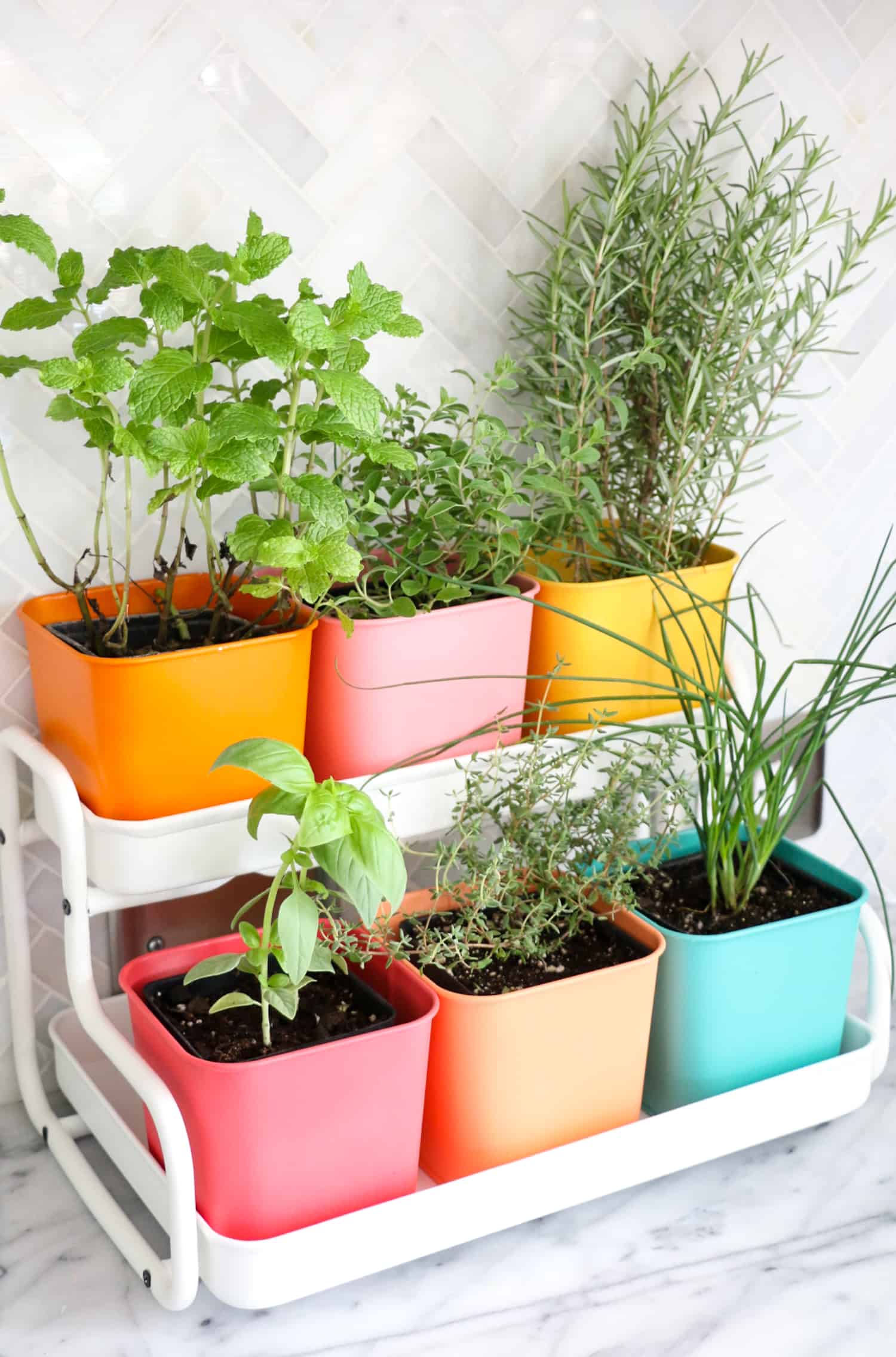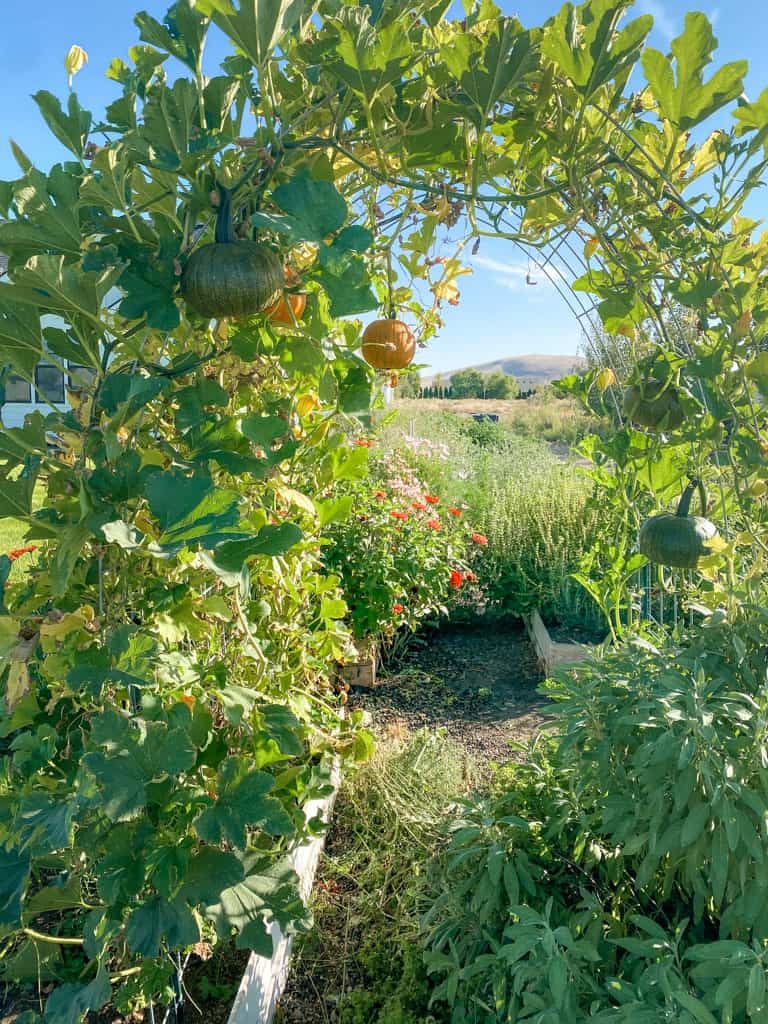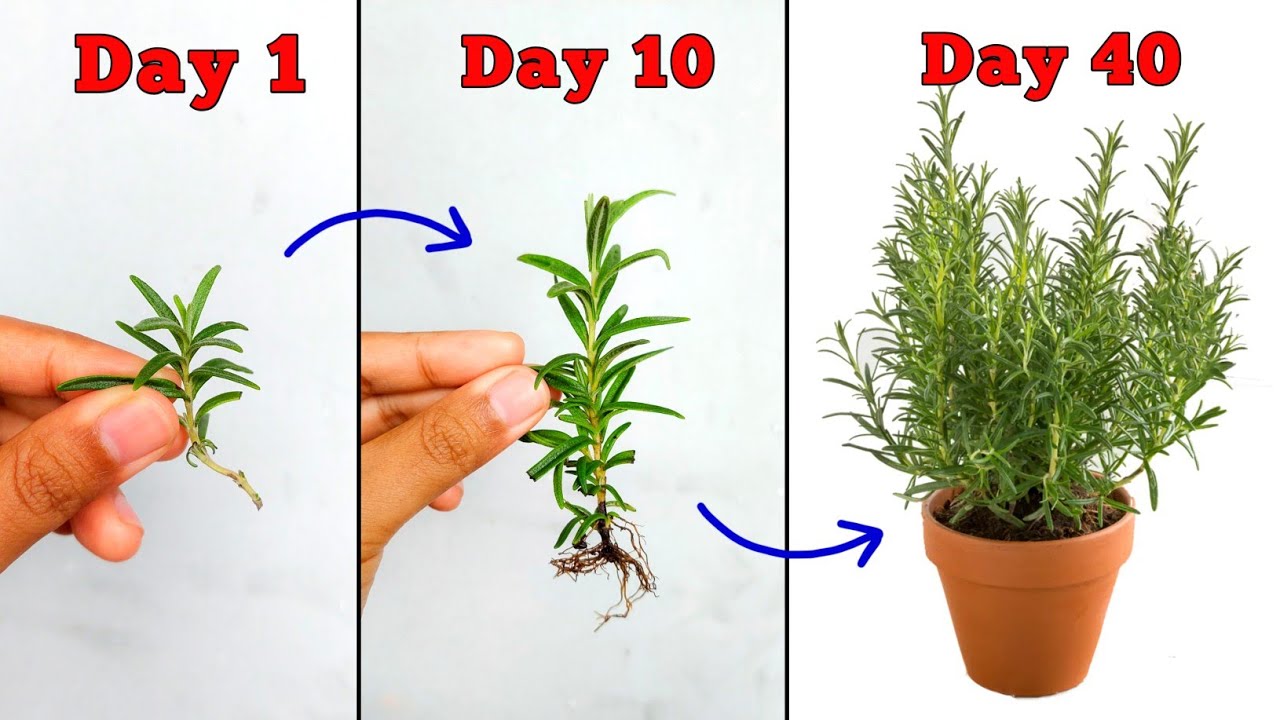How to Make a DIY Self-Watering Planter
If you love gardening but struggle to keep your plants alive, a self-watering planter may be the solution you’ve been looking for. Self-watering planters take the guesswork out of watering and ensure that your plants receive just the right amount of moisture they need to thrive. Plus, they are a fun and easy project to tackle on a weekend afternoon. In this article, we’ll walk you through the steps to make your very own DIY self-watering planter.
Materials You’ll Need:
- Two large plastic containers (one larger than the other)
- Scissors or box cutter
- Wicking cord or strips of cotton fabric
- Potting soil
- Plants of your choice
- Water reservoir (such as a plastic bottle or PVC pipe)
- Drill or hammer and nail
Step 1: Prepare Your Containers
Start by choosing your two plastic containers. The larger container will hold the potting soil and plants, while the smaller container will act as the water reservoir. Using a drill or hammer and nail, carefully make a small hole in the bottom of the smaller container to allow water to flow into the soil.
Step 2: Create the Wicking System
Next, you’ll need to create a wicking system to draw water from the reservoir into the soil. Cut a piece of wicking cord or cotton fabric long enough to reach from the bottom of the water reservoir to the soil in the larger container. Place one end of the wick in the water reservoir and the other end in the soil.
Step 3: Add Soil and Plants
Fill the larger container with potting soil, leaving enough room at the top for your plants. Plant your flowers, herbs, or vegetables in the soil, making sure they are well-watered before adding them to the planter.
Step 4: Set Up the Water Reservoir
Fill the water reservoir with water until it reaches halfway up the wicking system. Check the water level regularly and refill as needed to keep the soil moist.
Step 5: Enjoy Your Self-Watering Planter
Now that your DIY self-watering planter is set up, all that’s left to do is sit back, relax, and watch your plants thrive. Say goodbye to overwatering and underwatering – your plants will thank you for the consistent moisture they receive. Plus, self-watering planters are great for busy individuals or those who are new to gardening.
Final Thoughts
Making your own self-watering planter is not only a fun and rewarding project, but it also ensures that your plants stay healthy and happy. With just a few simple materials and a little bit of time, you can create a self-sustaining environment for your garden. So why not give it a try this weekend and see the difference it makes in your plants’ lives?



